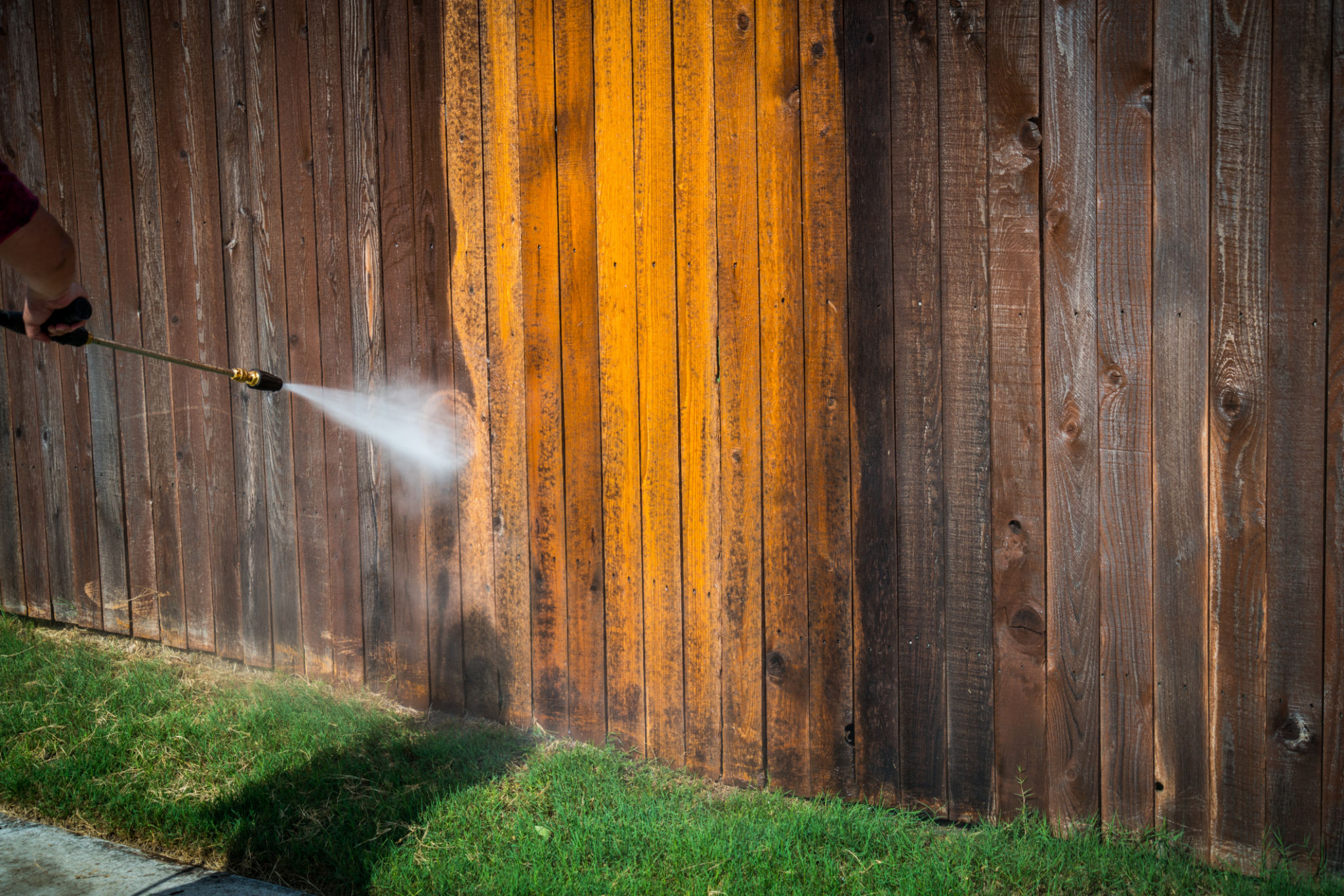DIY Tips for Maintaining Your Anderson Fence: Extend Its Lifespan
Understanding Your Fence Material
Your Anderson fence is a valuable investment that adds both beauty and security to your property. To ensure it stands the test of time, it's crucial to understand the material it's made from. Most Anderson fences are crafted from high-quality wood, vinyl, or composite materials, each requiring different care techniques.

Wooden fences, for instance, need more frequent maintenance due to their susceptibility to weather conditions. On the other hand, vinyl and composite fences are known for their durability and minimal upkeep requirements. Knowing the specific material of your fence will guide you in choosing the right maintenance strategy.
Regular Cleaning
One of the simplest yet most effective ways to maintain your Anderson fence is through regular cleaning. Dirt, grime, and mildew can accumulate over time, leading to discoloration and potential damage. For wooden fences, use a gentle scrub with a soapy water solution to avoid damaging the wood fibers. For vinyl or composite fences, a garden hose with a spray nozzle is often sufficient.
Make sure to clean your fence at least twice a year, ideally in spring and fall. This routine will not only enhance the appearance of your fence but also help you spot any issues early on.

Inspect for Damage
Regular inspections are vital for identifying damage before it worsens. Look for signs of rot in wooden fences, such as soft spots or discoloration. For vinyl and composite fences, check for cracks or broken panels.
If you notice any damage, address it promptly. For minor issues like a loose board or small crack, DIY repairs are usually feasible. However, more significant damage might require professional assistance to ensure the integrity of the entire structure.

Protective Treatments
Applying protective treatments can significantly extend the lifespan of your fence. Wooden fences benefit from staining or sealing every two to three years, which protects against moisture and UV damage. Choose a high-quality sealant or stain that complements your fence’s material and aesthetic.
Vinyl and composite fences may not need staining or sealing, but applying a UV protectant spray can help prevent fading and preserve their color.
Manage Vegetation Around the Fence
Plants and trees can add charm to your landscape, but they can also pose a threat to your fence if not managed properly. Overgrown vegetation can cause moisture buildup and physical damage to your fence.
- Trim bushes and trees regularly to prevent branches from scratching or leaning on the fence.
- Ensure that climbing plants do not attach directly to the fence.
- Maintain a clear space between the fence and any significant vegetation to allow for proper air circulation.

Avoiding Common Mistakes
To ensure your maintenance efforts are effective, avoid common pitfalls such as using high-pressure washers on wooden fences, which can cause splintering. Similarly, do not apply paint over mildew; clean it first to prevent trapping moisture underneath.
By keeping these tips in mind, you can prevent unnecessary damage and maintain the beauty and functionality of your Anderson fence for years to come.
Conclusion: Commitment to Longevity
Maintaining your Anderson fence doesn't have to be daunting. With regular care and attention, you can extend its lifespan and keep it looking its best. By understanding your fence's material, performing routine cleaning and inspections, applying protective treatments, managing surrounding vegetation, and avoiding common mistakes, you'll preserve both its aesthetic appeal and structural integrity.
Remember that a well-maintained fence not only enhances your property’s value but also provides a safe and secure environment for you and your family.